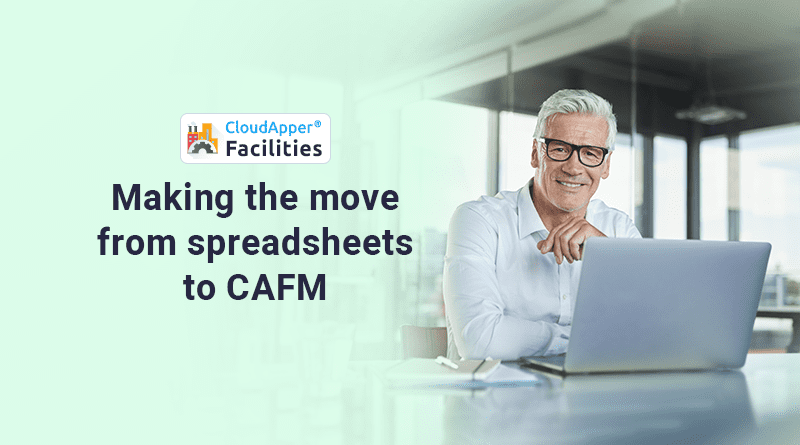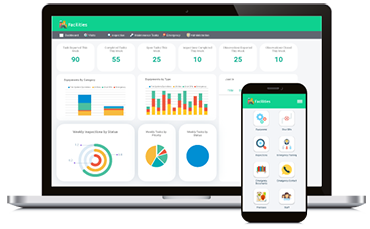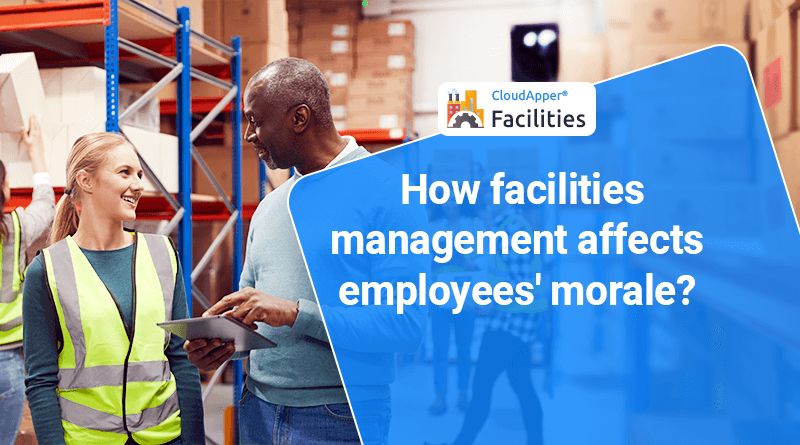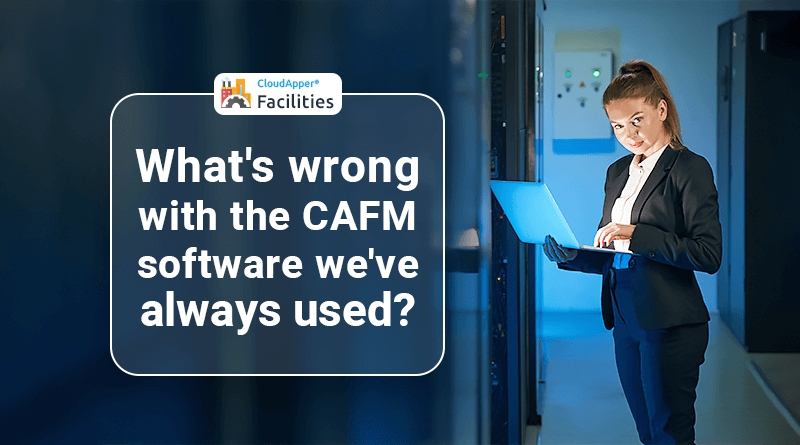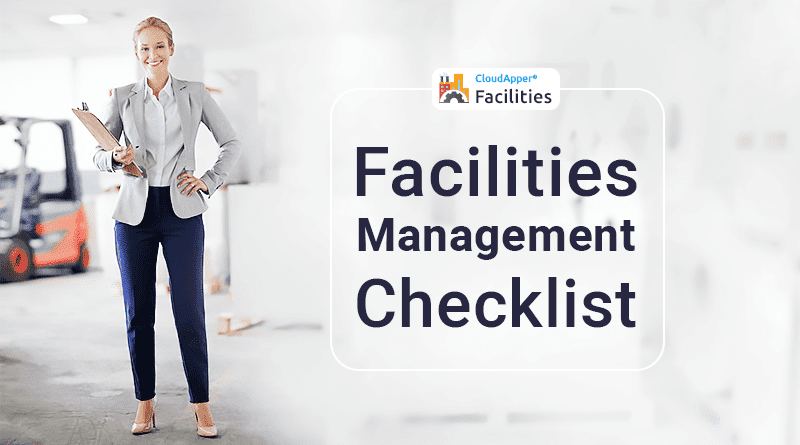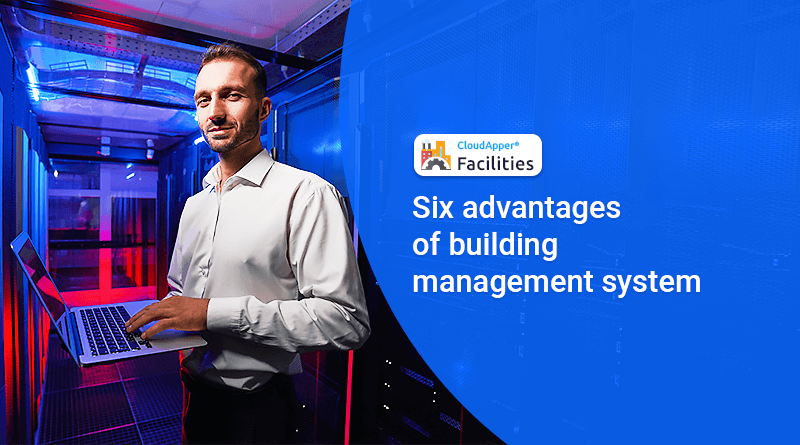There is no doubt about the prevalence of the ubiquitous spreadsheet and its use in offices everywhere. For decades this handy data organization tool has been the tool of choice for almost every aspect of business, from accounting to scheduling, and has certainly seen its fair share of use in facilities management. And while spreadsheets marked a substantial step up in technology from the traditional accounting logs of prior generations, the recent explosion of cloud computing has enabled the development of the next stage of management technology.
What is CAFM?
Computer-Aided Facilities Management (CAFM) takes the use of digital technology in managing facilities to a whole new level. While spreadsheets allowed users to generate reports based on custom templates and algorithms, they required managers to manually enter data on a case by case, and facility by facility, basis. CAFM software handles most of that data from a central source, and it can even automatically collect data from facilities throughout the business, freeing managers from wasting time on tedious, repetitious tasks so that they can focus on more important duties. CAFM is to spreadsheets what spreadsheets were to manual bookkeeping, and much more.
Getting started
Implementing a new system into a business with already established methods of doing things is almost always a challenge. In order to pave the way for a smooth transition to the new CAFM software platform, facility managers and their supervisors across the company should be made aware of the new changes early enough so that potential implementation issues can be addressed beforehand. It should be clearly established how managers will use the platform to maintain their facilities and what procedures will be in place to transition from the old methods to the new.
Deployment
The implementation of a CAFM platform within the company can either be handled by the system provider, or it can be done in-house. Contracting the provider to set up the system brings the advantage of personnel intimately familiar with the platform being able to install and configure the software with very few issues. This option does require a process of getting the technician acquainted with the facility management requirements of the business so that the platform can be configured to effectively meet the company’s needs.
Conversely, if the business opts to set up the CAFM system in-house, care should be taken to ensure that personnel tasked with the project are adequately trained in the installation and configuration of software to avoid problems.
Data Integrity
One of the challenge businesses face when moving to a centralized data platform like CAFM revolves around the understanding that all managers throughout the business are making use of the same data and interface. Training and policies should be put into effect to ensure the integrity and consistency of the data being put into the system so that managers can make informed decisions based on accurate and uniform information.
Education
Finally, once the system is in place, managers and staff should be encouraged to make use of the new tools in their daily work. It can be challenging and stressful to transition to a new way of doing things, and it can be difficult to persuade personnel to move away from their comfortable routines. Guidance and training can help staff understand the many benefits of using CAFM and how it can make their jobs much easier once they get the hang of it. Clearly communicating the timeline for transitioning from the old policies and methods to the new platform can ease the transition. The CAFM software provider can guide businesses through this transition and education period.

